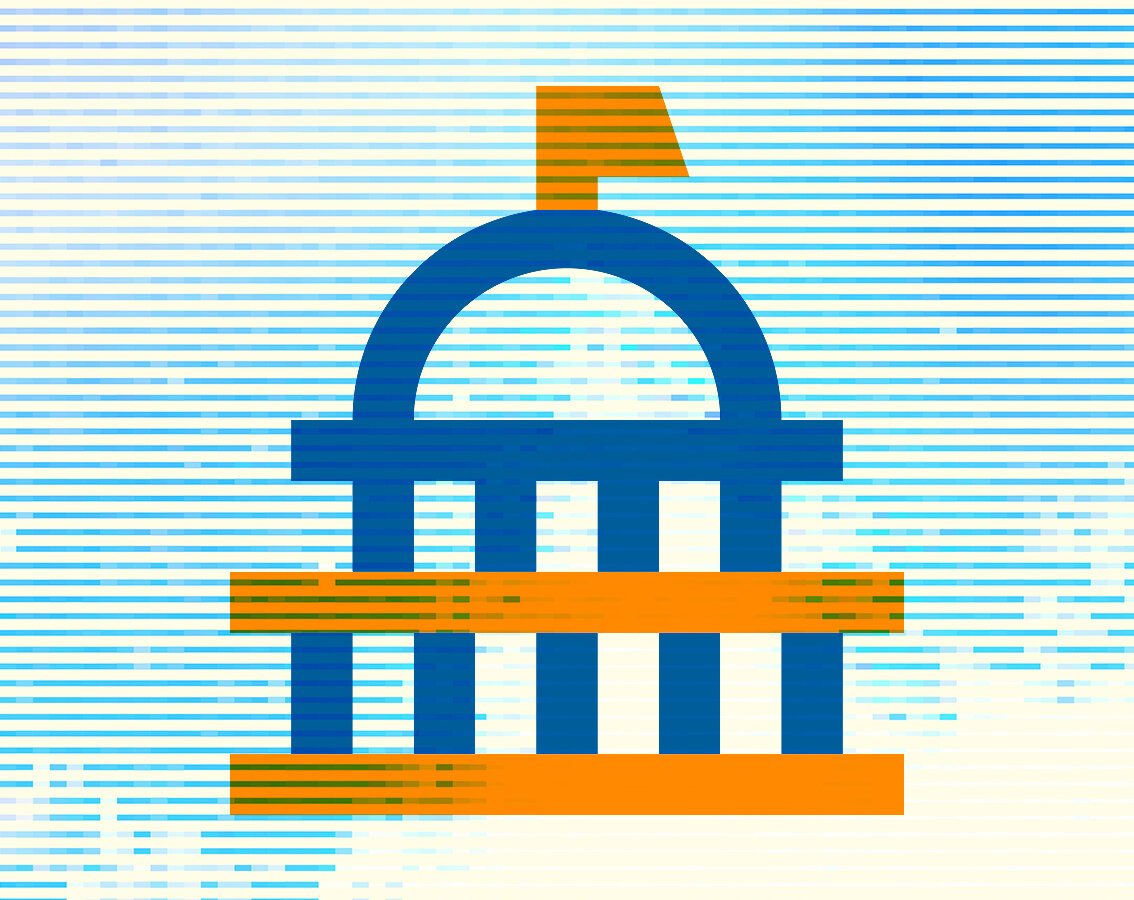blog
Fueling Digital Transformation: 5 Brilliant Public Sector Innovation Examples
By Mohan S Digital transformation Government June 29, 2023

Governments all over the world frequently struggle to keep up with the private sector in terms of innovation and technology adoption in today's fast changing technological landscape. However, there are commendable instances of digital transformation in the government that show how governments may use technology to enhance citizen engagement, strengthen public services, and promote constructive societal change. In this answer, we will identify five such instances that show how innovation in the public sector has the power to revolutionize the industry.
Governments have generally been slower than the private sector to adopt and use cutting-edge technologies, despite their critical role in servicing residents and addressing societal issues. McKinsey reports that Governments are crucial for enabling the availability of open data, which has the potential to transform all aspects of the economy and to generate more than $3 trillion in yearly global economic value.
In today's fast-paced, interconnected world, digital transformation is no longer an option but a necessity for governments to deliver efficient and citizen-centric services, driving transparency and innovation.

The delay in technology adoption may lead to inefficiencies, obsolete procedures, and lost chances to provide citizens with better services. However, there is a growing understanding among politicians that innovation and technology must be embraced in order to improve government efficiency and fulfill citizens' changing requirements. In light of this, we take a look at five impactful examples of public sector innovation that are perfectly exemplary.
Examples of Smart Public Sector Technology
The use of cutting-edge technologies, such as artificial intelligence (AI), big data analytics, the internet of things (IoT), blockchain, and open data platforms, to increase the efficacy, efficiency, and transparency of public services is referred to as smart public sector technology. It entails utilizing technology to boost citizen involvement, change outdated public sector procedures, and promote innovative government.
Healthcare, transportation, public safety, urban planning, and citizen services are just a few of the many industries where smart public sector technology can be applied. Governments can gather and analyze enormous volumes of data, automate procedures, make data-driven choices, and provide services that are more individualized, accessible, and responsive to public requirements by utilizing these technologies.
1. Smart irrigation in Barcelona
Technology Used: IoT, Wireless Sensor Networks
Challenge: Efficient water usage and conservation in urban irrigation systems
Solution: The development of a smart irrigation system in Barcelona that makes use of wireless sensor networks and the Internet of Things has aided in addressing the issue of water conservation in metropolitan areas. To maintain sustainability and cut down on water waste, the city has to optimize water use in public green spaces like parks and gardens.
Wireless sensors are inserted into the soil as part of the smart irrigation system to track soil moisture, temperature, and other environmental factors in real time. These sensors collect data that is wirelessly related to a centralized control system.
The smart irrigation system can analyze the weather and soil moisture levels using this data. The water flow and irrigation schedules are then modified in accordance with the unique requirements of each location. The technology maximizes water use and minimizes waste by using precise and targeted watering.
2. AI-Assisted Health Services in Finland
Technology Used: Artificial Intelligence (AI), Machine Learning
Challenge: Enhancing efficiency and accuracy in healthcare services by supporting the work of nurses and doctors
Solution: Health facilities in Finland have adopted AI-assisted models to assist healthcare workers and enhance patient care. These models examine patient data using artificial intelligence and machine learning algorithms, offering healthcare professionals insights and suggestions.
Large volumes of medical data, including patient records, symptoms, and medical histories, are processed by the AI model. The program can make predictions based on this data, spot patterns, and suggest potential diagnoses and courses of treatment to medical practitioners.
The AI-assisted system serves as a helpful tool for healthcare professionals, enabling them to improve their decision-making and work efficiency. It aids in lowering the amount of time needed for diagnosis and treatment planning, increasing patient outcomes, and lightening the load on medical staff.
Government-developed apps empower citizens with convenient access to public services, fostering engagement, efficiency, and seamless interactions with the government.
3. Stockholm's Open Data Initiative
Technology Used: Open Data Platforms, Data Analytics
Challenge: Promoting transparency, innovation, and citizen participation in Stockholm's smart city strategy
Solution: The Open Data Initiative has been put into place in Stockholm, the capital of Sweden, as part of its smart city plan. Through open data platforms, the program aims to make a variety of government data and information available to the general public. The city wants to encourage innovation, give individuals more authority, and improve cooperation between the government, industry, and community by making data accessible in a transparent manner.
Citizens, researchers, and businesses can access and use government data on a variety of topics, including transportation, demography, ecology, and more, through the Open Data Initiative. Due to the data's accessibility, people and organizations can create new products, services, and programs that address urban problems and raise urban living standards.
The use of open data platforms promotes public involvement in decision-making. Citizens are given the ability to study and comprehend data on urban planning, transportation, and other topics, giving them the ability to contribute to the growth of the city and offer insightful opinions.
4. Dubai Using Blockchain for public records
Technology Used: Blockchain
Challenge: Ensuring secure and tamper-proof public records in Dubai
Solution: Blockchain technology has been used in Dubai to improve the security and reliability of public records. Blockchain is a decentralized, unchangeable digital ledger that eliminates the need for middlemen and allows for secure, open transactions.
Dubai has modernized its public record-keeping procedures with blockchain technology, guaranteeing the validity, openness, and immutability of crucial papers and transactions. The Dubai Land Department and Dubai Customs are two examples of government organizations in Dubai that have utilized blockchain to improve operations and public record trust.
For real estate transactions, the Dubai Land Department, for instance, created the "Real Estate Self Transaction" (REST) blockchain-based system. With the use of this technology, buyers and sellers may conduct all aspects of real estate transactions electronically, doing away with the need for paper-based procedures and lowering the possibility of fraud or manipulation.
5. UK using Big data to forecast floods
Technology Used: Big Data Analytics
Challenge: Predicting and preparing for floods in the UK in advance to mitigate their impact
Solution: To better prepare for such calamities and forecast floods, the UK has used big data analytics. The government can forecast the possibility and severity of flooding occurrences up to 10 days in advance by examining a variety of data sources, including weather data, river levels, and topographical information.
The implementation calls for gathering and combining substantial amounts of data from many sources. The data is then subjected to advanced analytics approaches to find patterns, trends, and risk factors related to impending floods. Machine learning techniques are essential for assessing historical data and enhancing flood prediction precision.
The UK can issue early flood warnings thanks to big data analytics, allowing governments and communities to take preventative action to lessen the effects of floods. These actions could entail evacuations, sending out emergency response teams, and putting in place flood defenses.
Conclusion
The potential for technological advancement in the public sector is shown by the five inspirational examples above. Various technologies are being adopted by governments all around the world to address issues, enhance services, and increase citizen engagement.
Governments need to embrace innovation and use technology to improve effectiveness, increase transparency, and focus on the needs of their citizens. Governments may address societal concerns, improve governance, and ultimately improve the lives of their residents by implementing these strategies and persistently pushing the limits of innovation.



